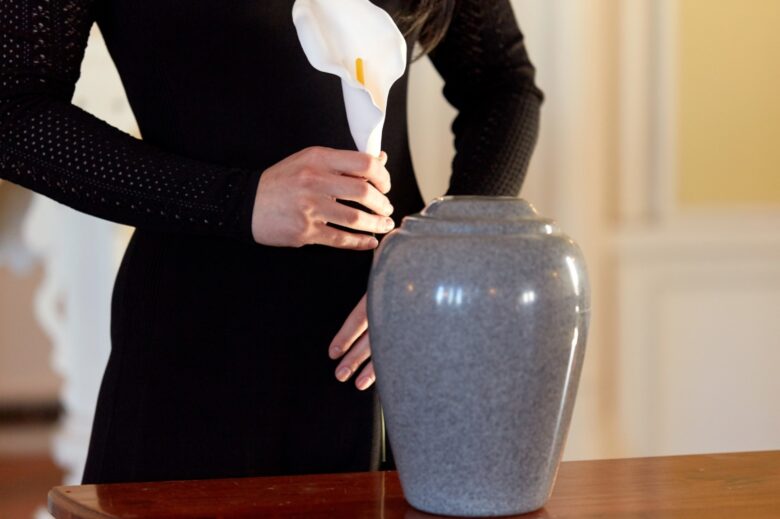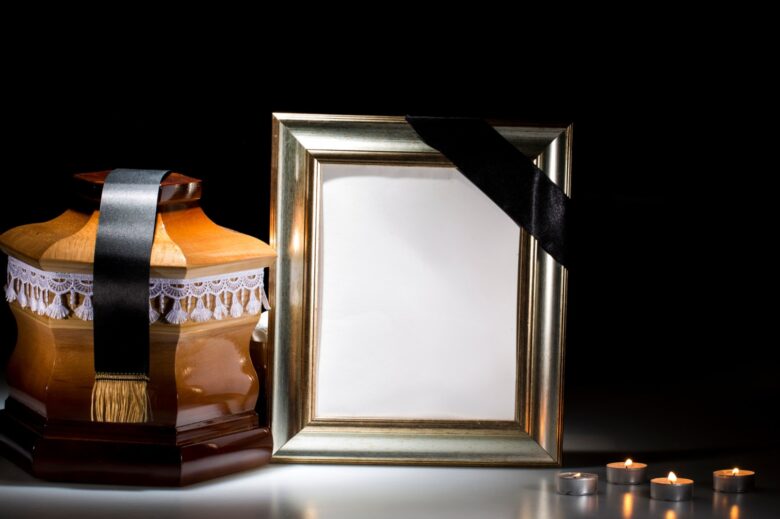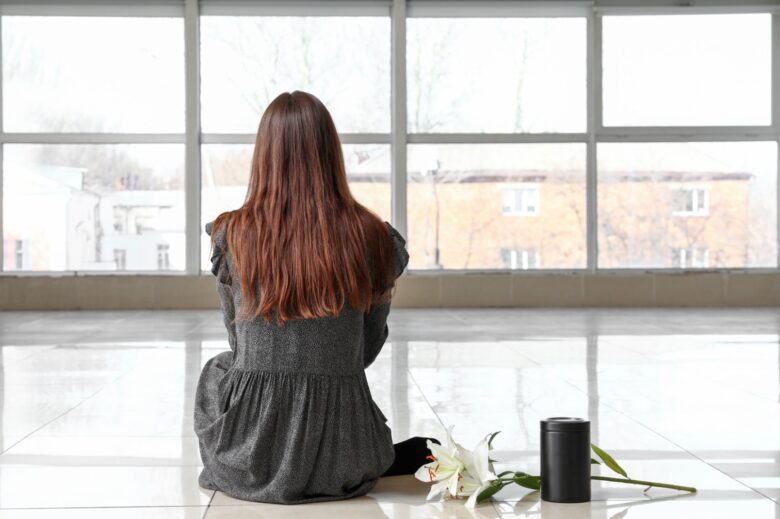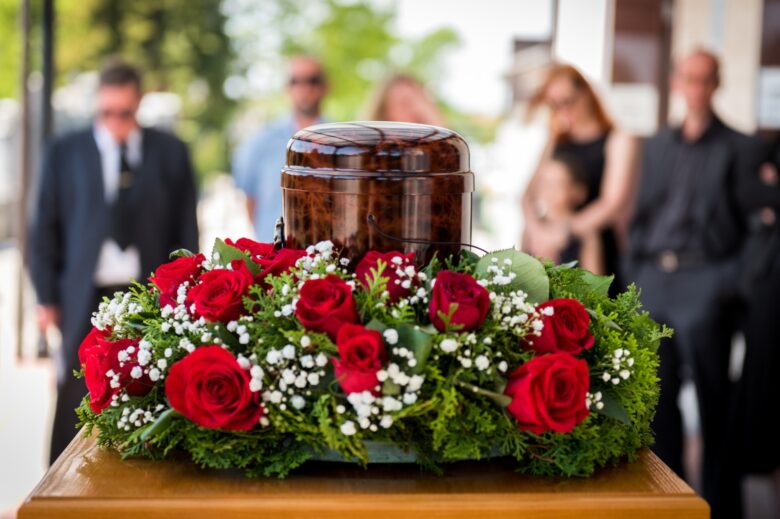When a fond family member or relative passes away, families opt for cremation as a funeral choice. It is a process where the deceased person’s body gets exposed to high temperatures, thereby reducing the organic matter to ashes or cremated remains. People place the ashes in a container known as an urn.
Today, there are several choices in cremation urns to select from. It’s tough to choose one, keeping in mind all the requirements you have and types that are available. In this article, we will touch upon certain aspects that will make the selection of a cremation urn easy.

Source: canva.com
New-Age Cremation Urns: A Closer Look
Memorials are considered an essential aspect of grieving and mark the importance of the person who is no longer in the lives of others. It could be a man of 110 years or an infant of three months who dies and the significance of their life can be memorialized through an apt cremation urn.
The new-age legacy urns come in a wide range of materials that have patterns or names engraved on them based on the purpose. The materials used comprise:
- Brass: It’s a lightweight option that gains prominence because of its durability and beauty. Most people choose this material because of its rich shade. Another benefit of brass urns is that they can be coated in paint or enamel.
- Metal: Stainless steel, bronze, aluminum, and various other metals are used to customize urns. These usually get engraved with sayings, the name, birth, and death dates of the deceased person, and any other relevant data that can help preserve the memory of the person.
- Ceramic: Most people place the ashes of a loved one who’s deceased in a columbarium or even a display at home using a ceramic urn. Earlier, this practice was prevalent during the Roman era. Even though ceramic has average durability, it is the ideal material for painting because it creates a legacy of the deceased person with their remains inside.
- Wood: If you look at a wooden urn, you will get an old-world feel. The handcrafted options that are available reflect the best artistry. Engravings, etchings, and inlays are common, in creating a legacy for a family member who is no more.
Additionally, other materials, like glass, can be used for cremation urns, even though this material is not as popular as other options. Simultaneously, biodegradable materials are also gaining popularity. These urns can get buried, and it enables the person’s ashes to get back to earth as the urn completely degrades.

Source: canva.com
The Correct Urn Size
Even before you decide to get the urn, you need to choose the size. Several sizes are available, and you can select based on your preference. Few families want commingled remains, and for that, they select a bigger urn.
Usually, a big or adult-sized urn is best for holding the ashes of a person who used to weigh 200 pounds in body mass. In case the person weighs more or the remains weigh more than a single person, you need to opt for a larger urn. When it’s an infant or a child, a small urn does the job.
You need to keep a generic rule about the urn size in mind. Every pound of the departed person’s body weight before the cremation is equal to almost one cubic inch of ashes. That means if a person weighed 150 pounds before they got cremated, the urn capacity needs to be at 150 cubic inches to start with.
Legacy Urns states that leading providers in this category offer a custom urn designer for free, which everyone can access. It helps people create the correct urn with zero hassles. It also ensures that users get the style of the urn correct and add any element that they feel is befitting.

Source: canva.com
The Urn’s Location
Decide where you would like to place the urn. Some families wish to keep the urn in their house and showcase it in a central place as the deceased family member’s memorial. The size depends on where you choose to display the urn.
A few families decide to keep the urn in a niche, which is an atop-the-ground, permanent location for the urn, usually situated in the graveyard. It is possible for niches to accommodate one or more urns. You can make it wall- or glass-fronted and also create a small space where you keep tokens and pictures of the deceased family member.
You have several niche options to select from. The urn must fit the niche dimension that has been customized. The dimensions should be considered in case the remains get buried in a grave plot.
It can also impact the material that you want to select for the urn. For instance, if the urn is kept on the ground, it’s best to select a biodegradable material that will decompose, eventually.
Families might also want to scatter the ashes rather than keep them. In such a situation, the size doesn’t matter until such time the urn can contain the remains.

Source: canva.com
To sum up, once a loved one leaves this world, we look at ways in which we can preserve their memory. Deciding to keep their remains in an urn is a popular practice, and it makes us feel that the person is around us even when they have left the physical world. Selecting an urn is difficult and requires a careful assessment of several factors. The pointers discussed above will help you make the correct selection.
